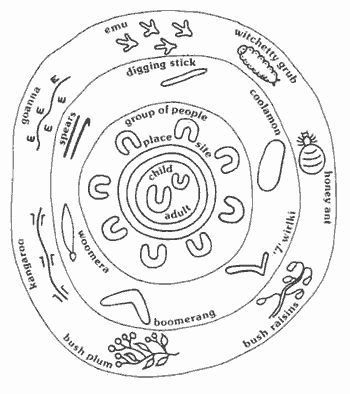[2] Creative Sprits, “What are Wandjanas?”, http://www.creativespirits.info/aboriginalculture/arts/wandjina.html, viewed 17/10/11
[4] Aboriginal art online, “The Tiwi Islands”, http://www.aboriginalartonline.com/regions/tiwi.php, viewed 16/10/11
[5] ibid
[6] Central Art, http://www.aboriginalartstore.com.au/aboriginal-art-culture/aboriginal-dreamtime.php, viewed 22/10/11
[7] ABORIGINAL AUSTRALIA ART & CULTURE CENTRE, http://aboriginalart.com.au/gallery/iconography.html, viewed 22/10/11
[8] ibid
[9] Aboriginal art online, “Lockhart River Art, Cape York Peninsula”, http://www.aboriginalartonline.com/regions/lockhart.php, viewed 16/10/11
[10] Aboriginal art online, “Amata Artists of northern South Australia”, http://www.aboriginalartonline.com/art/amata.php
















